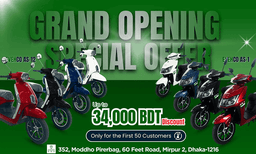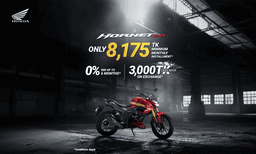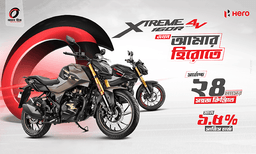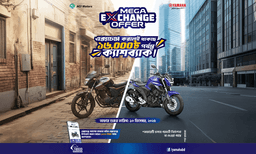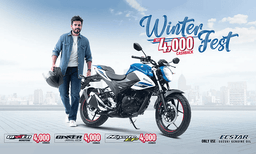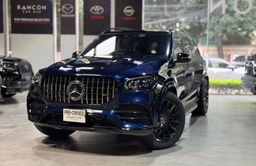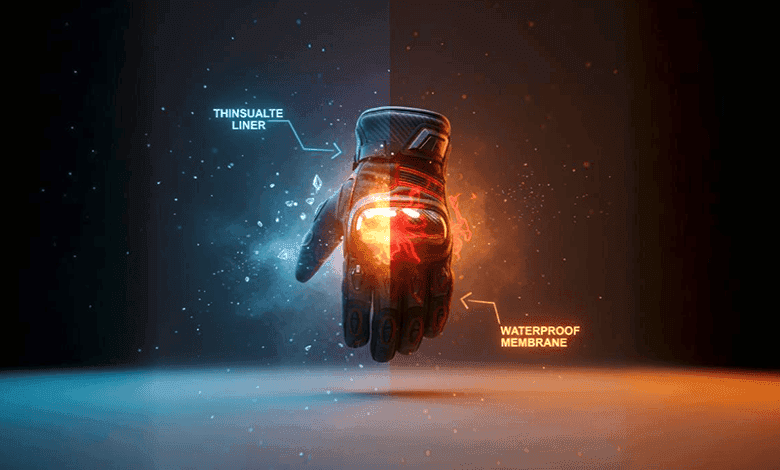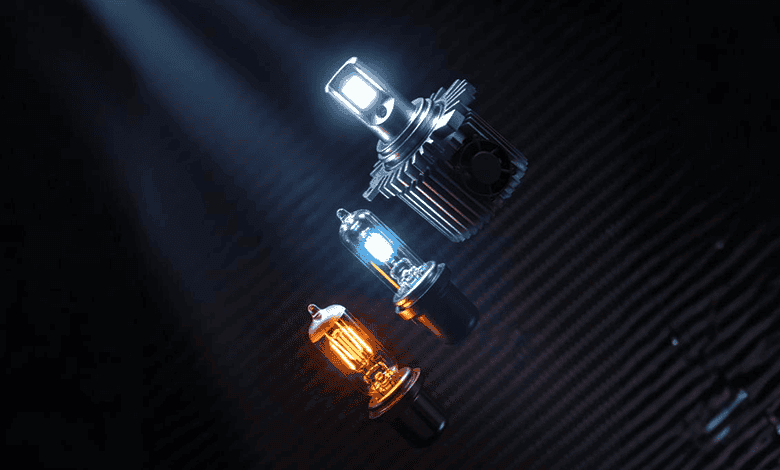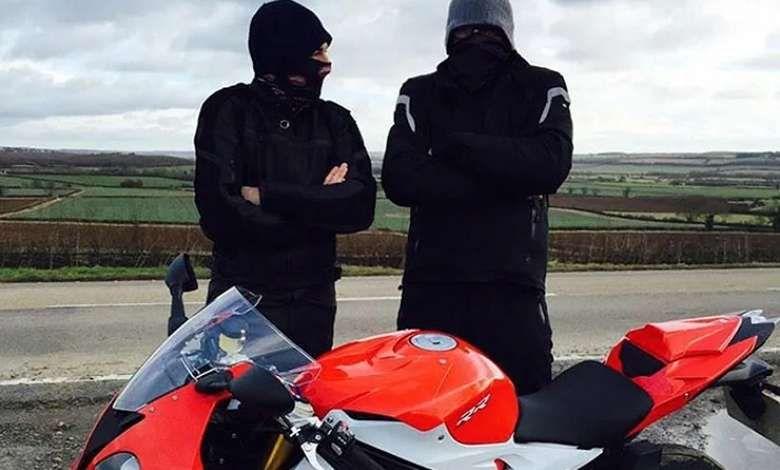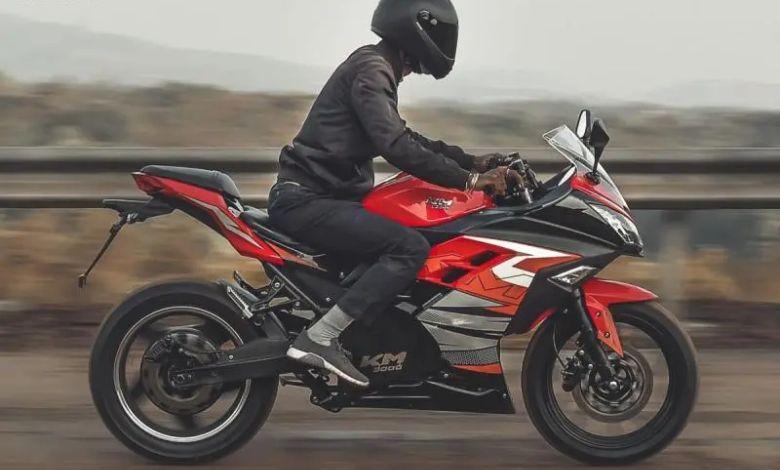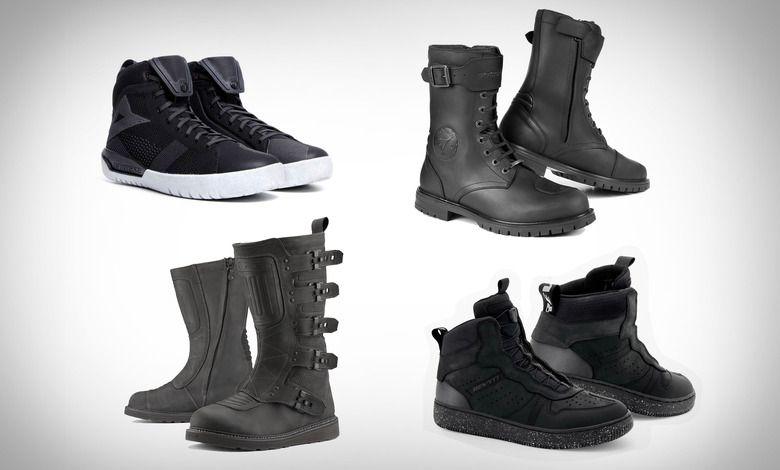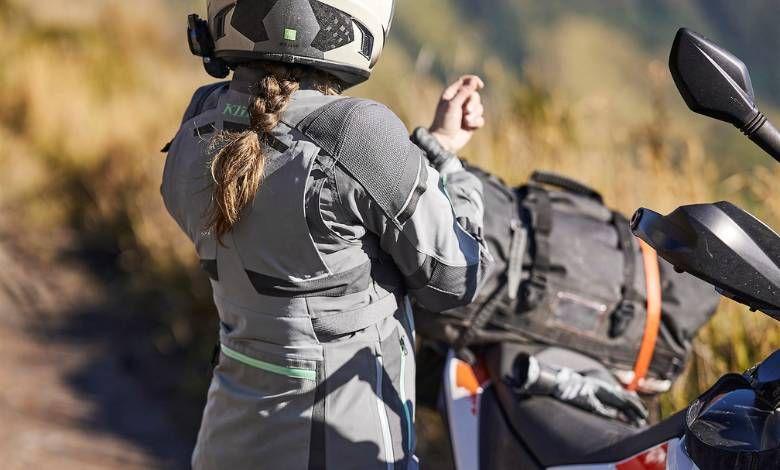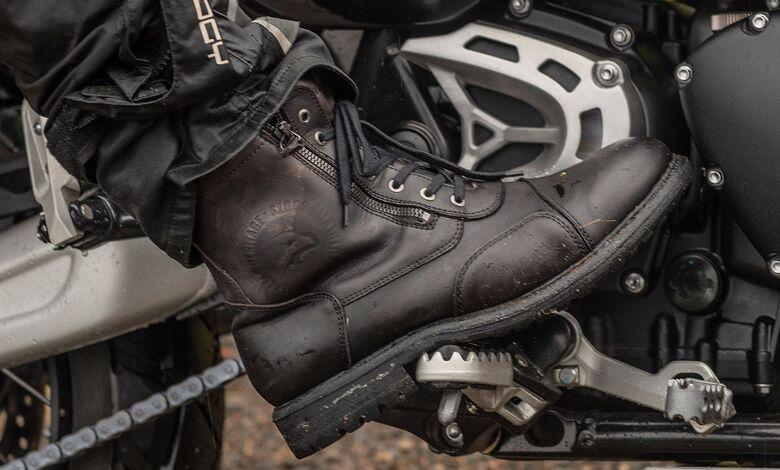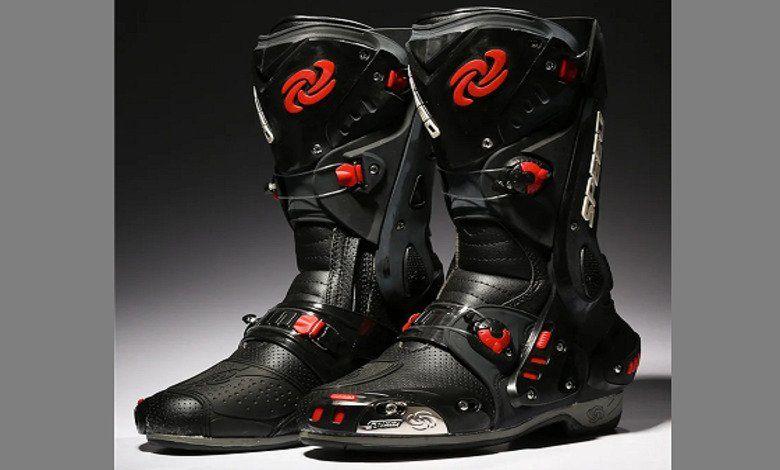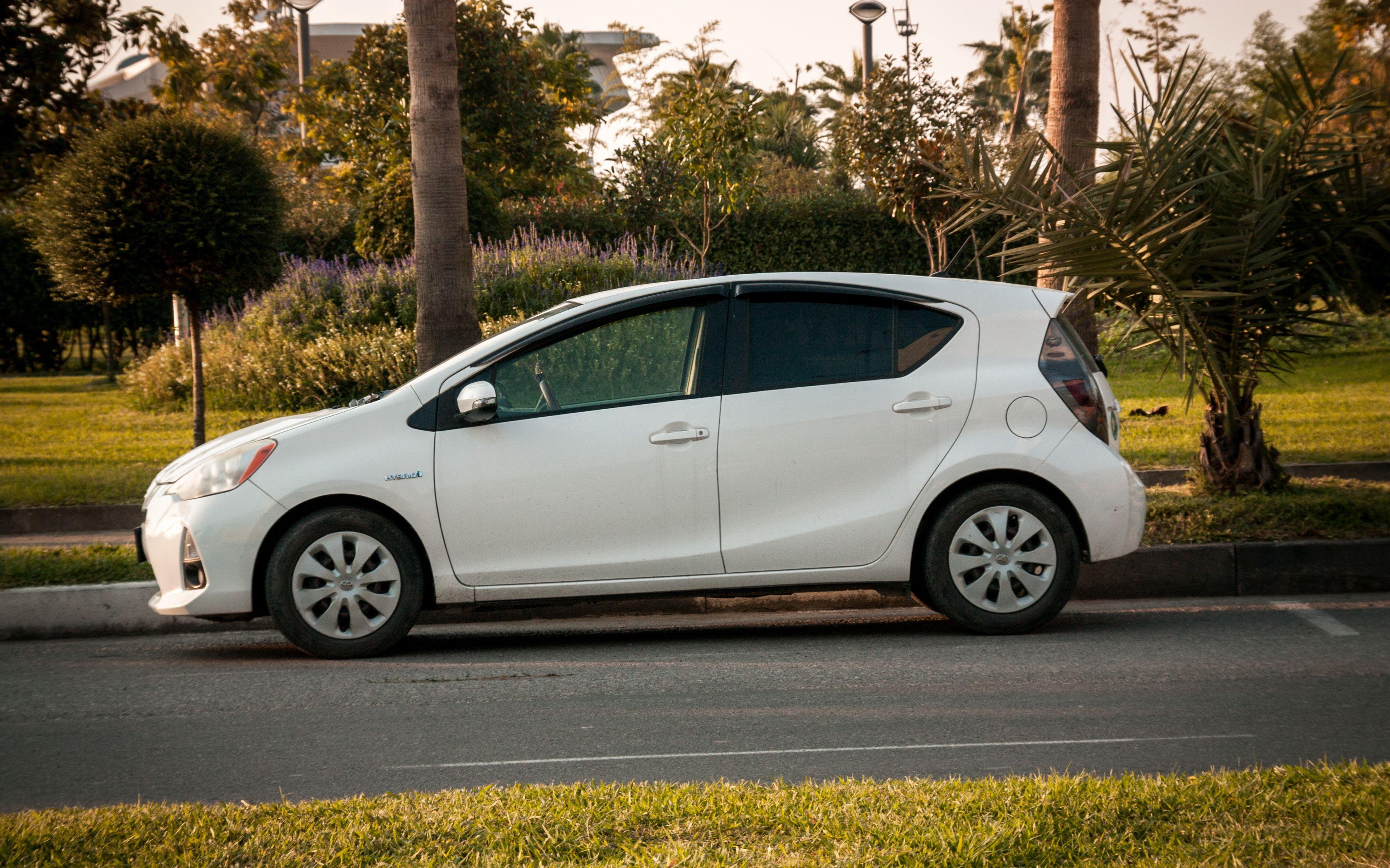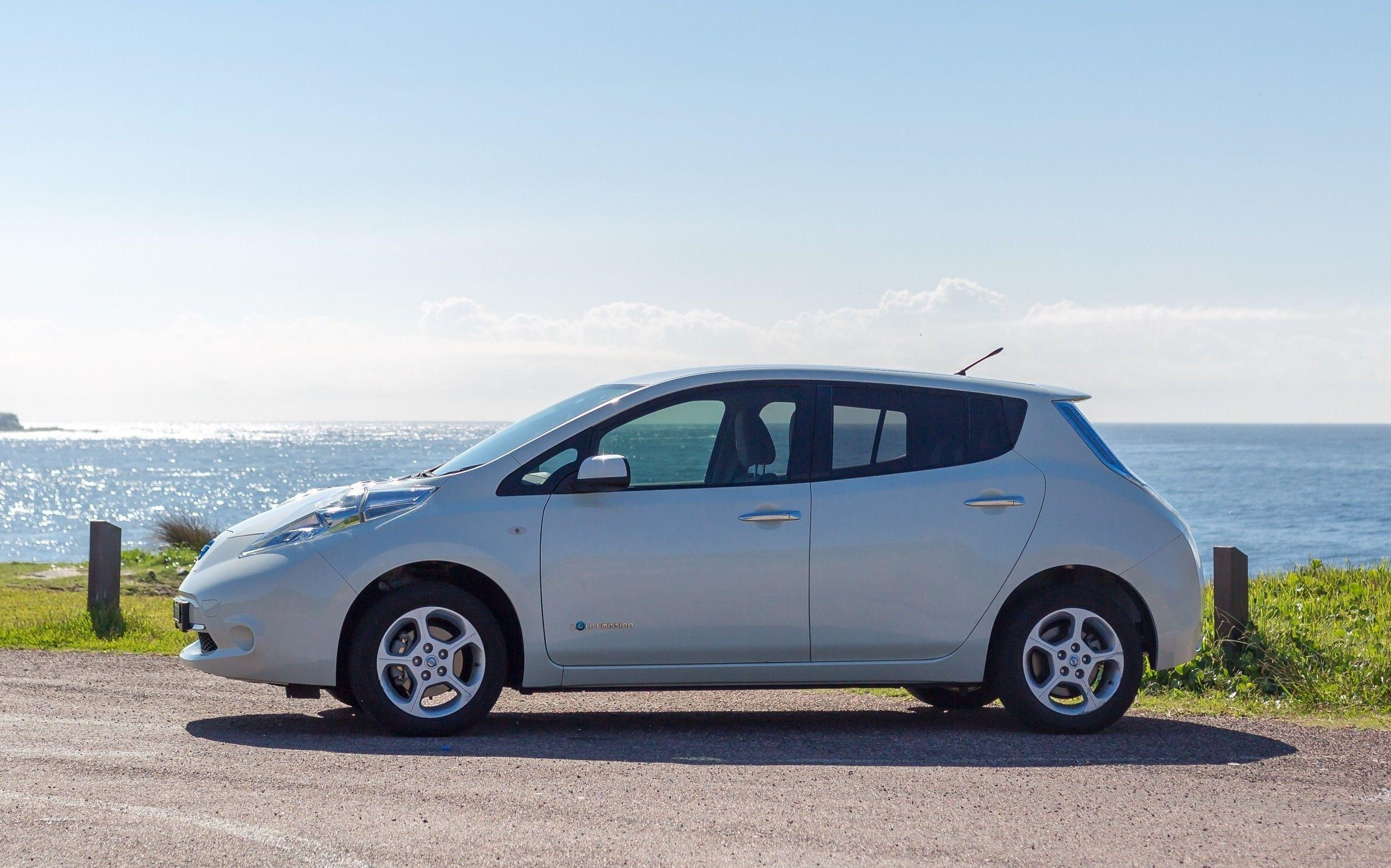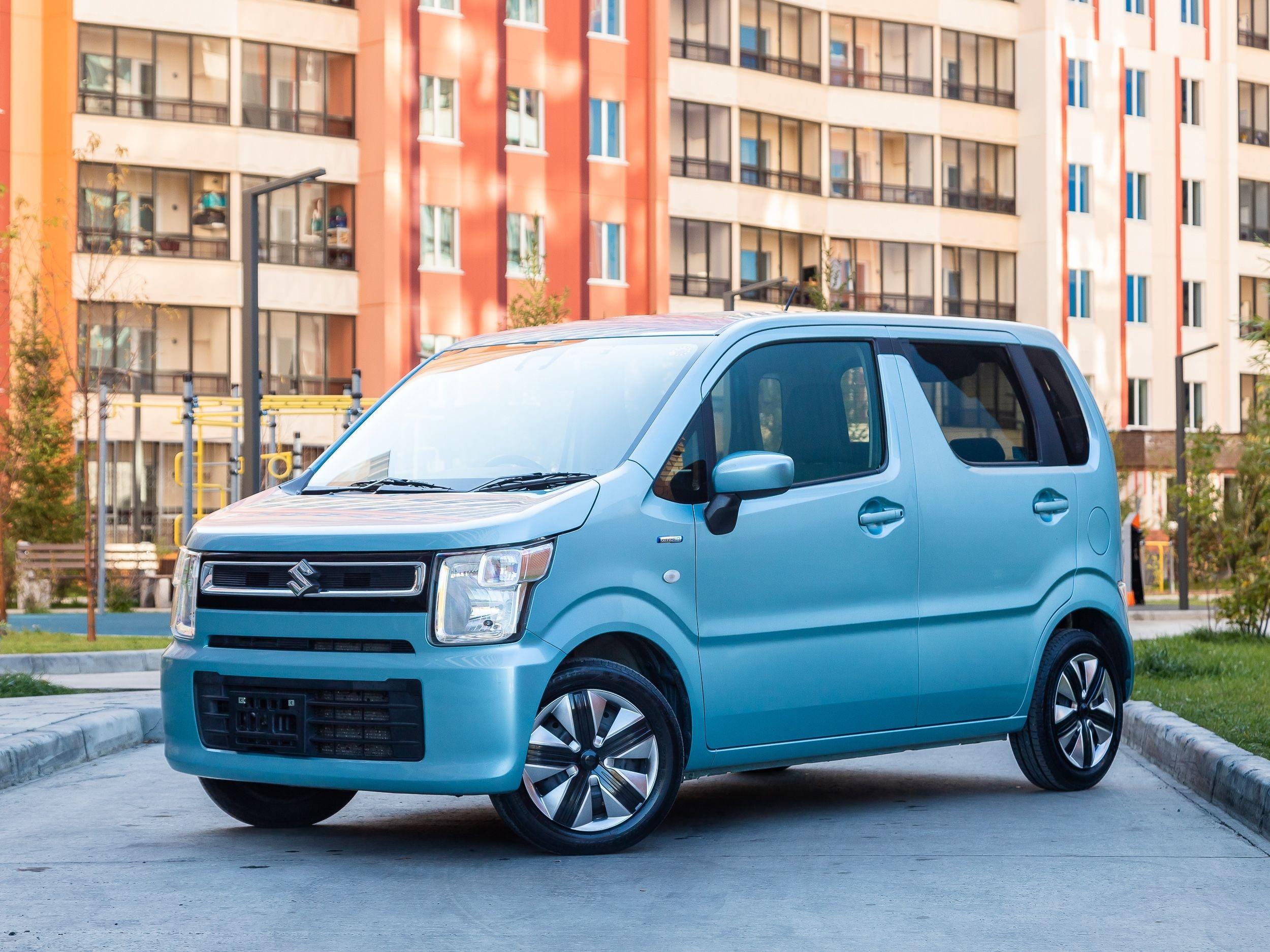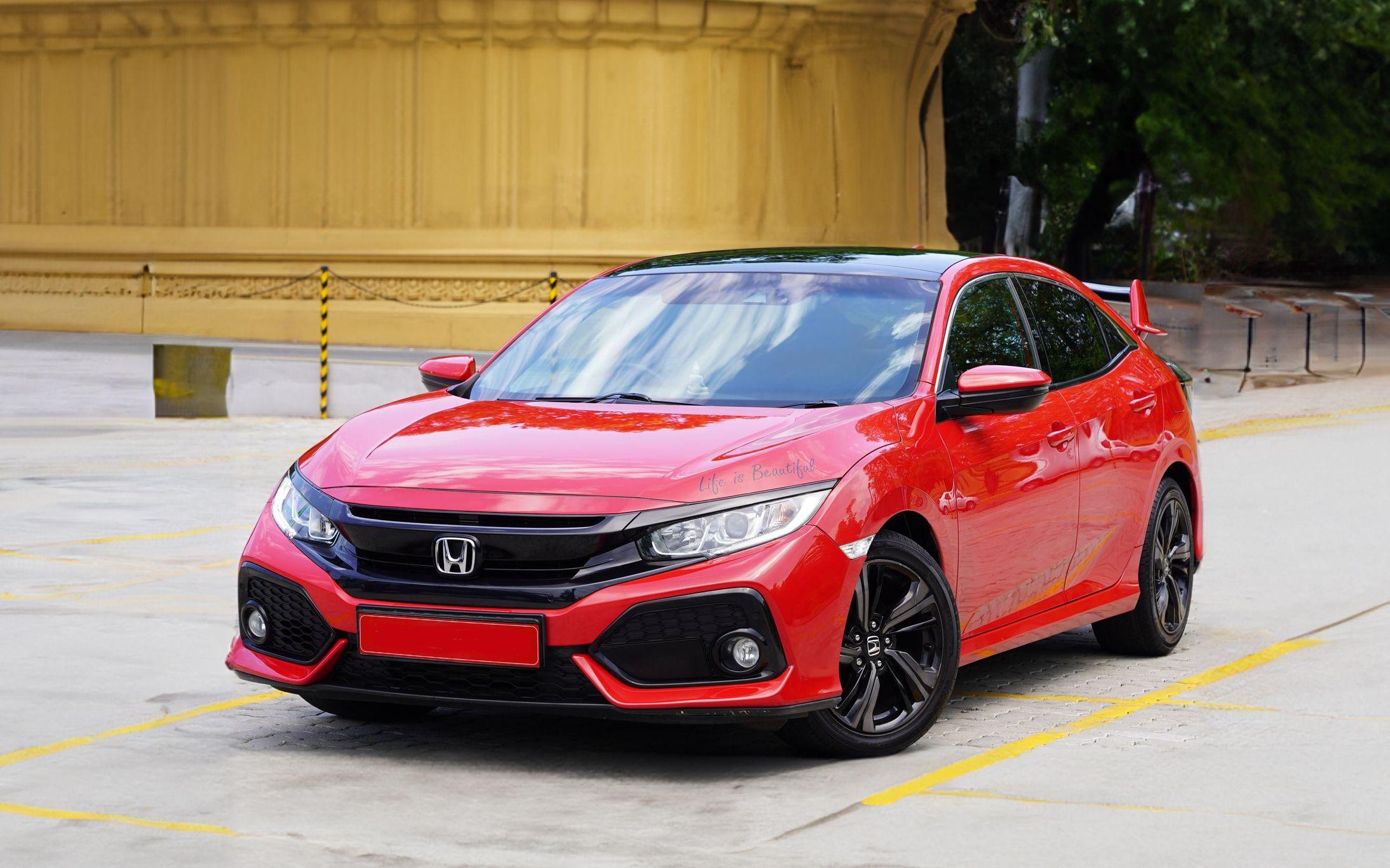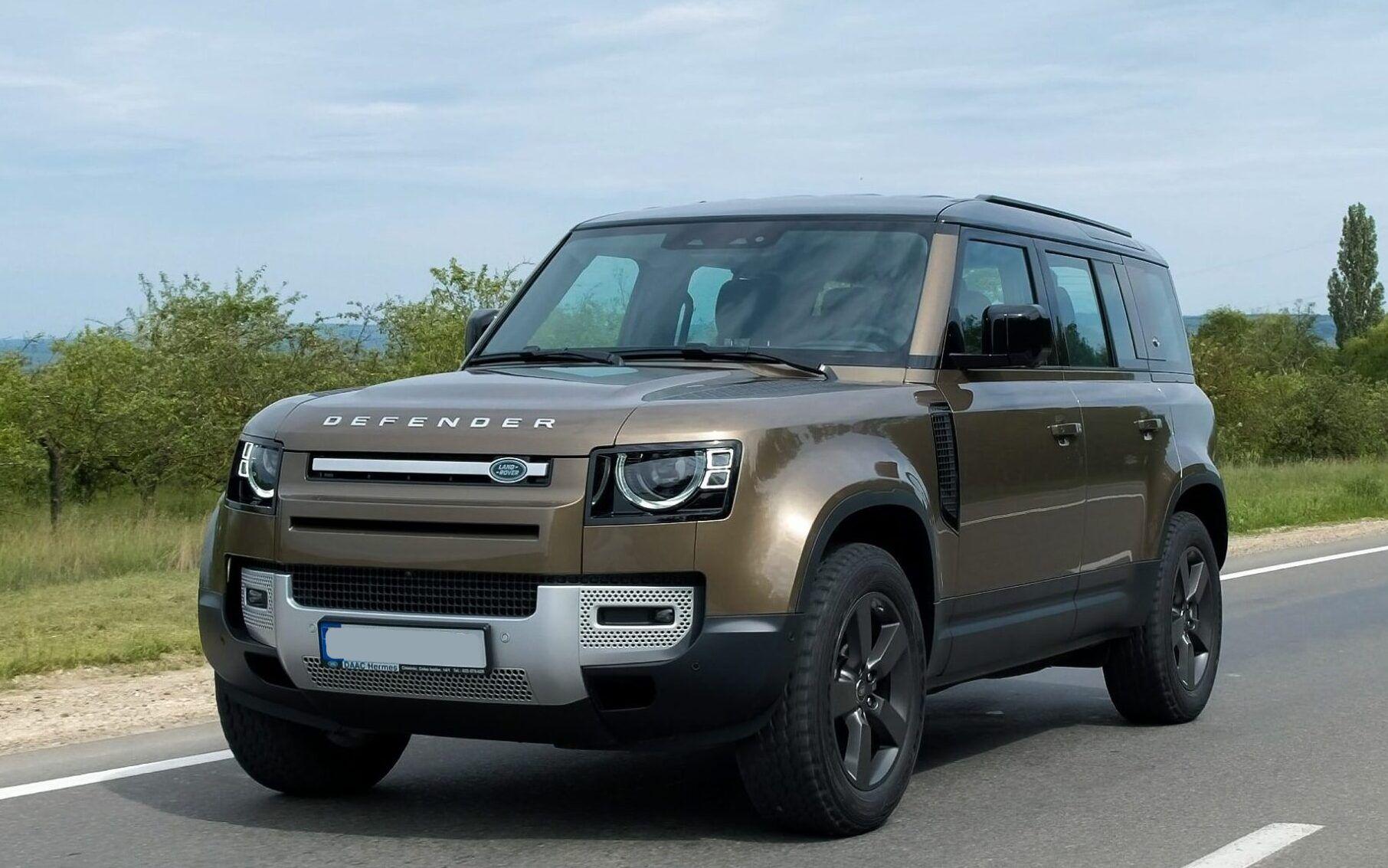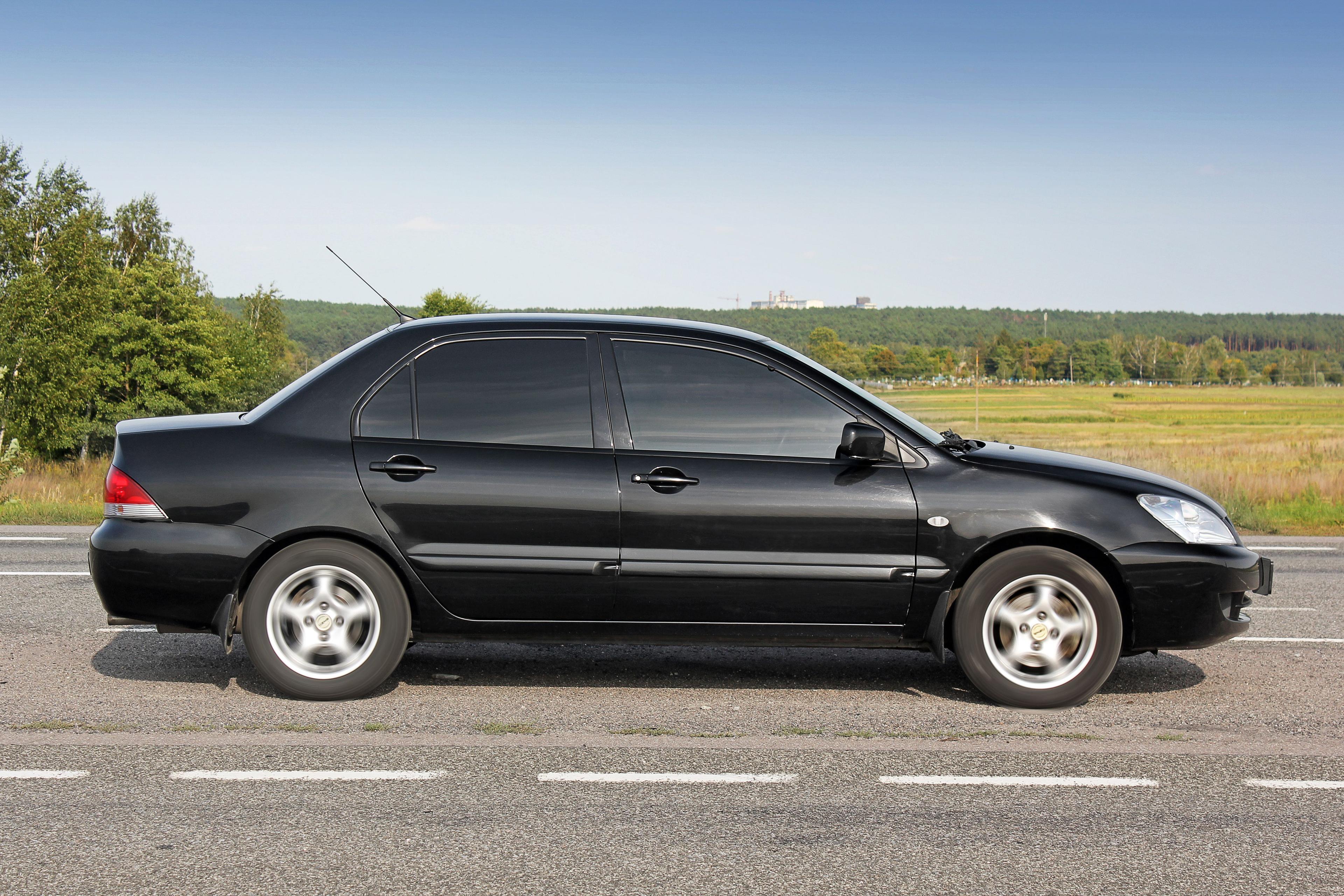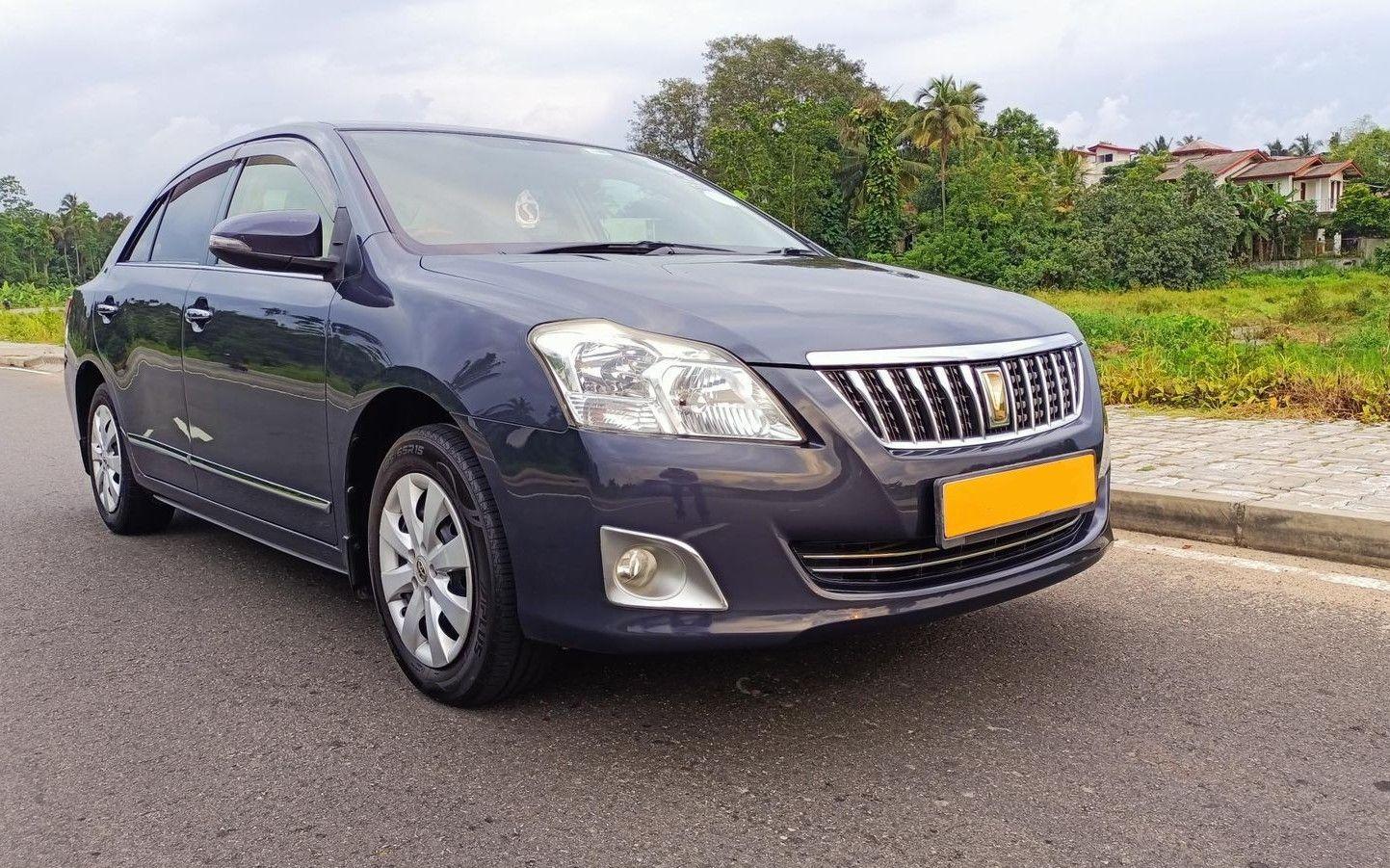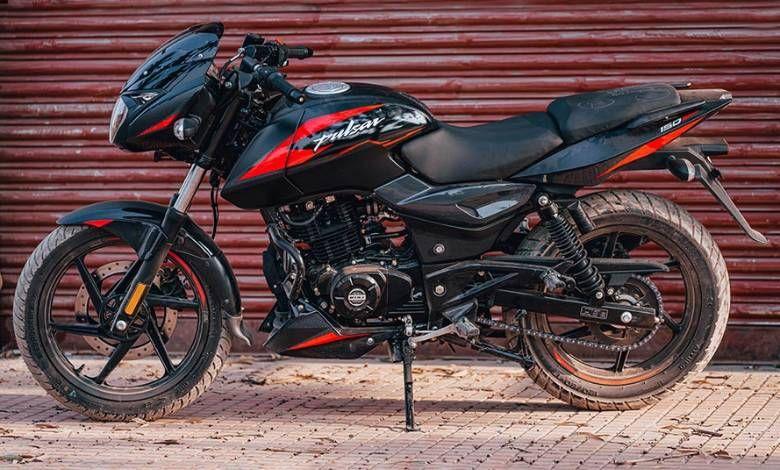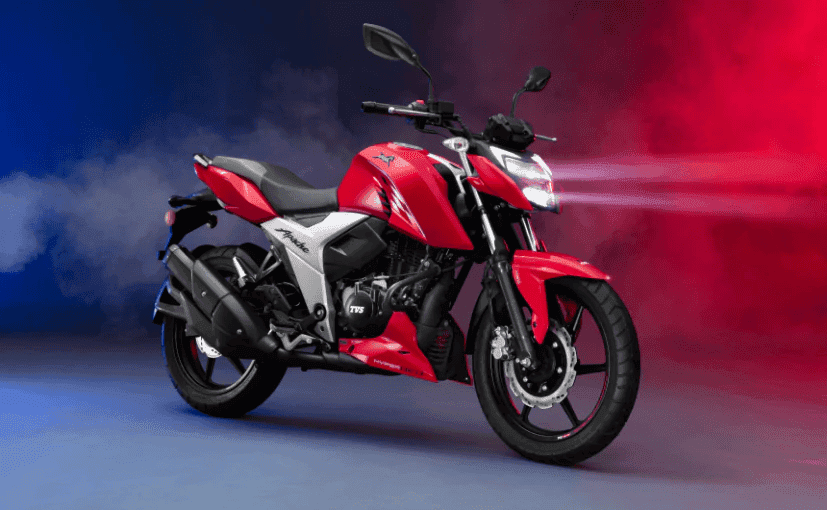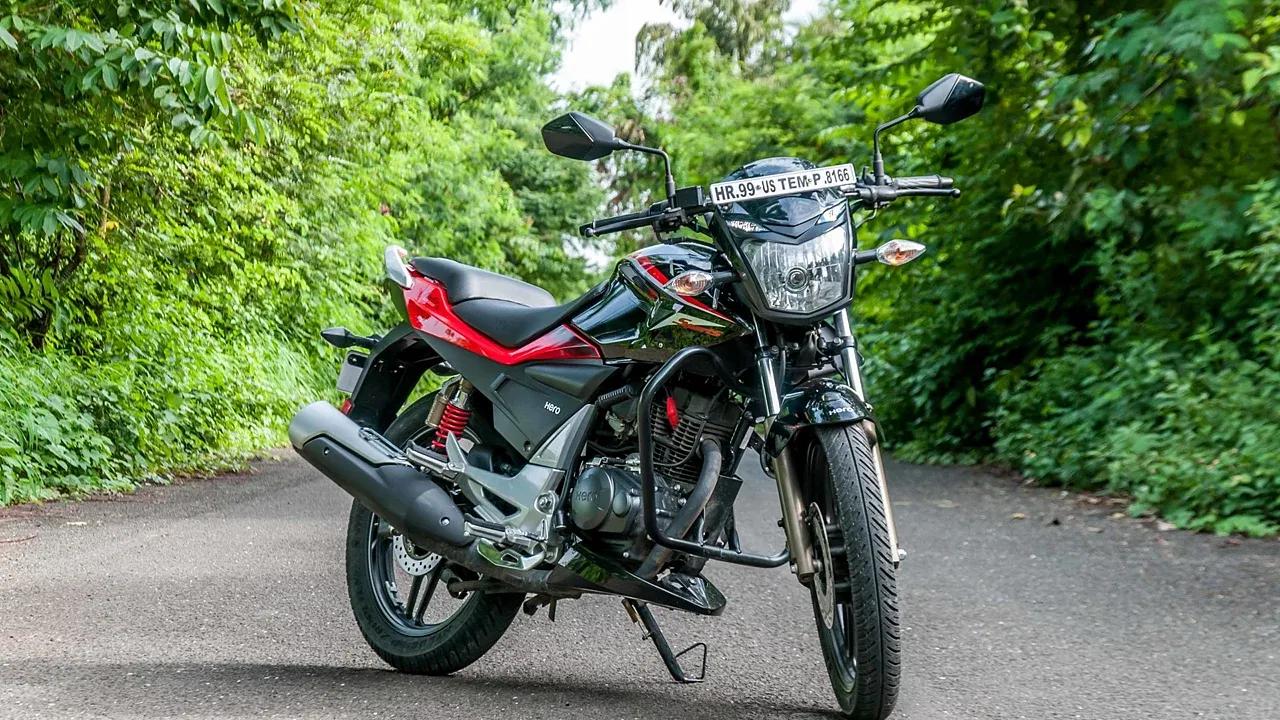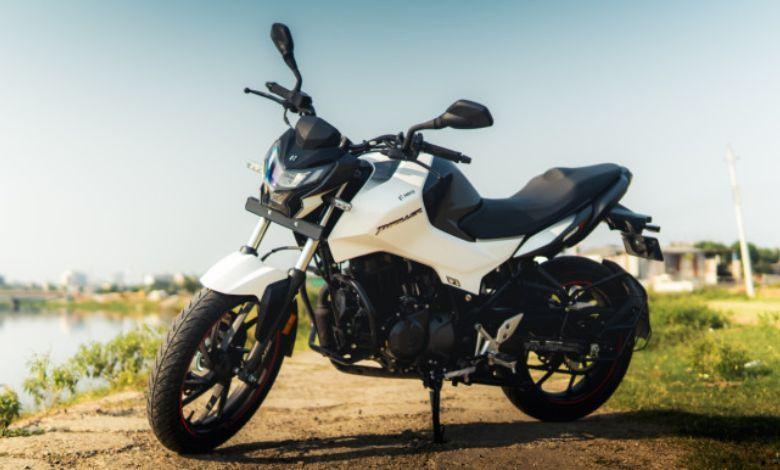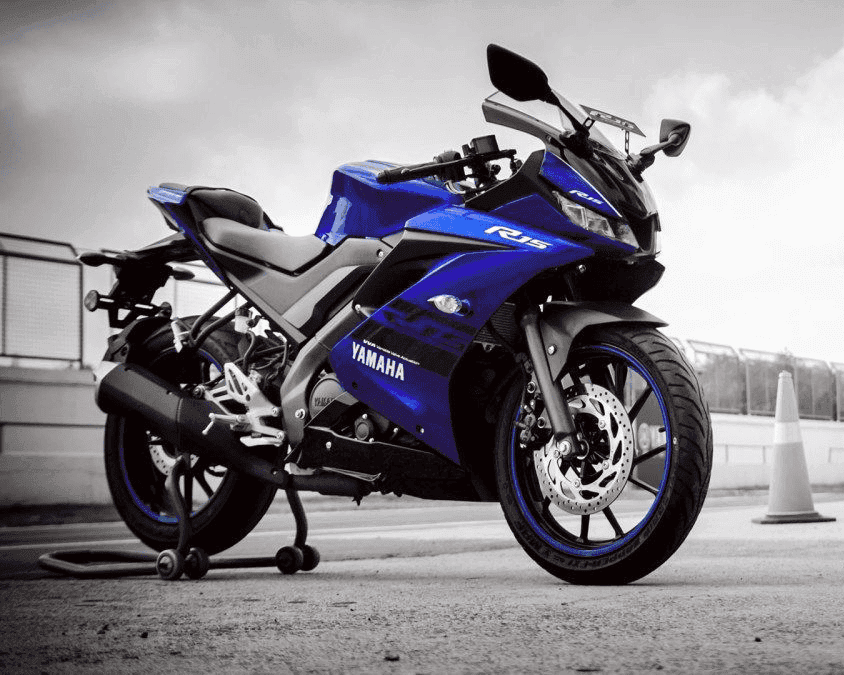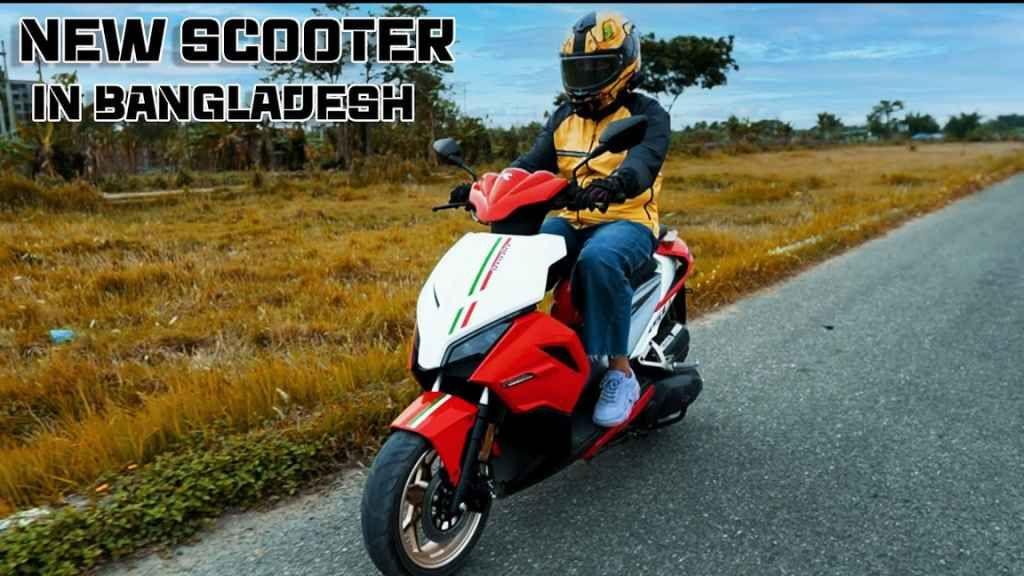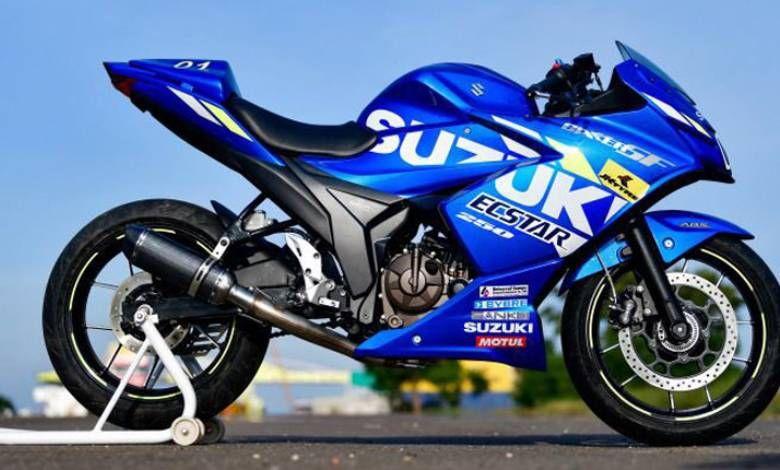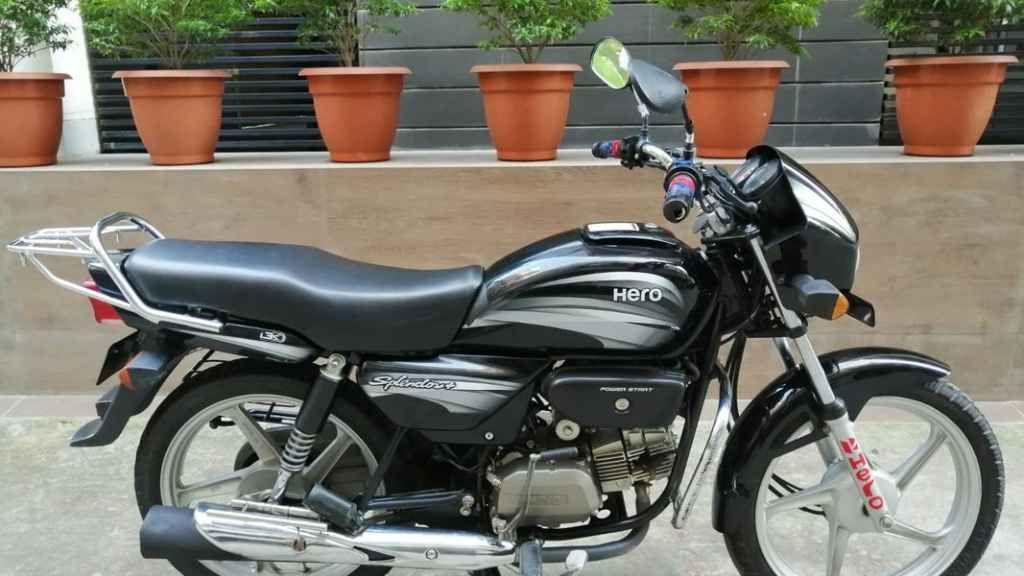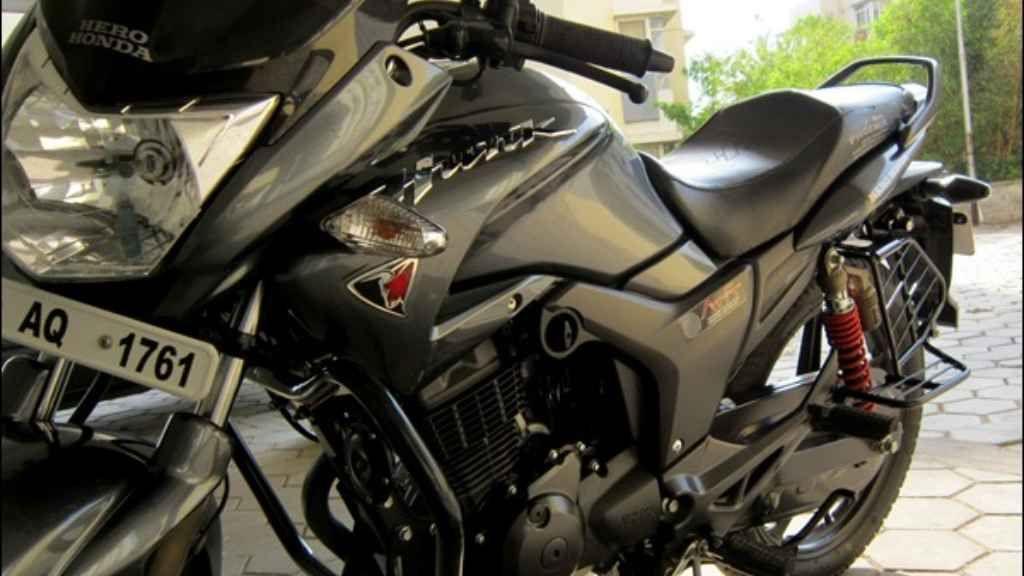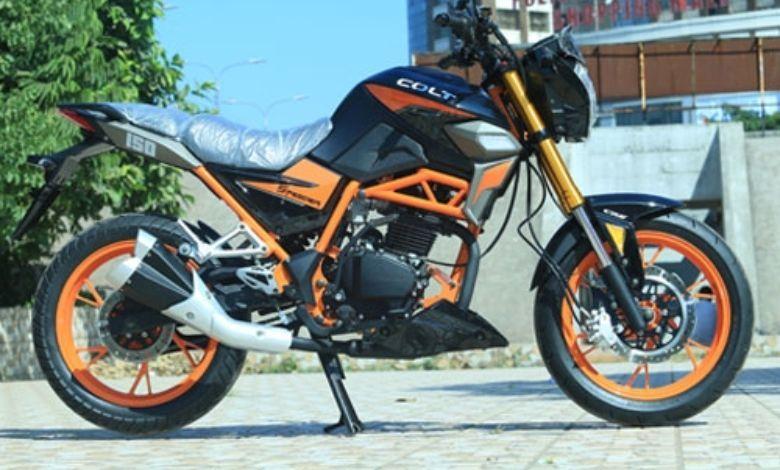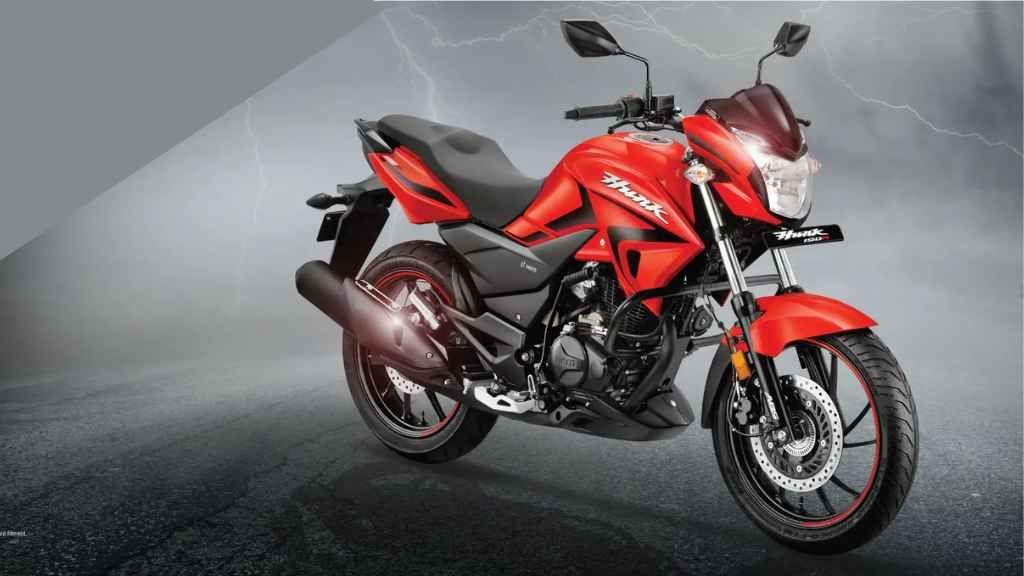Motorcycle Emergency Brake – What, Why, and When It’s Needed
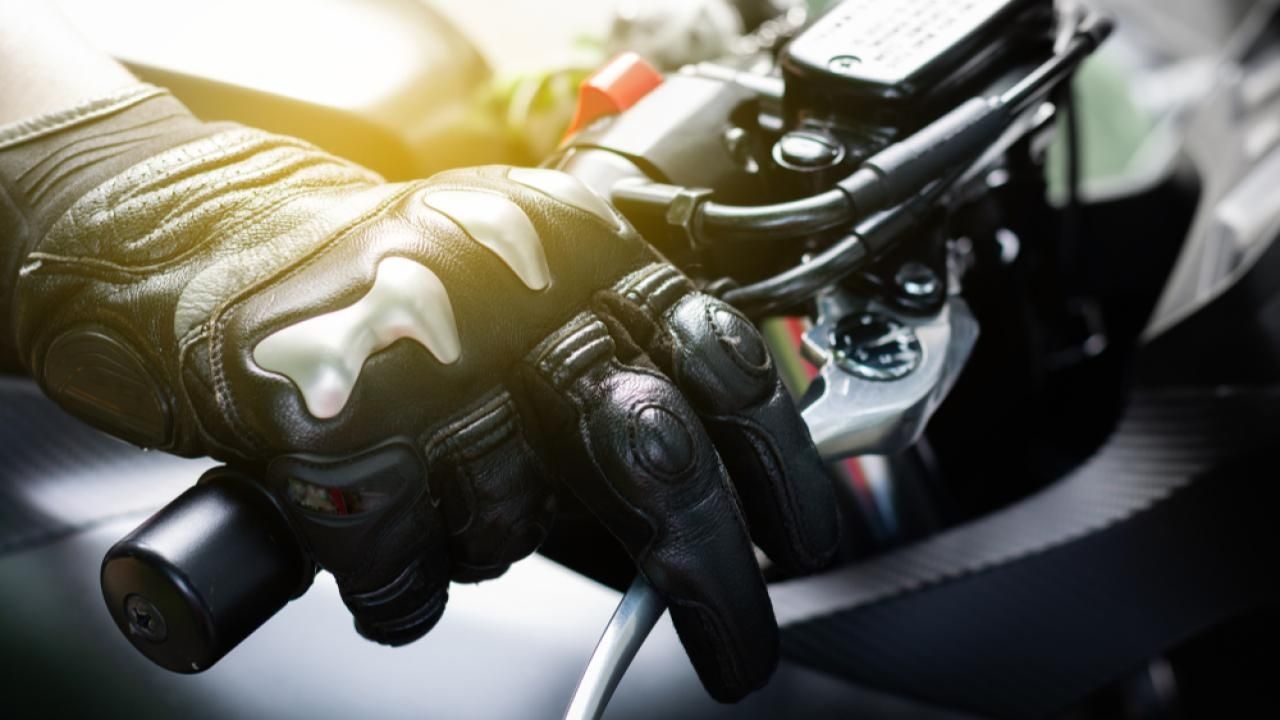
For any vehicle on the road, the braking system is a very important issue. Emergency braking is an essential skill that every rider needs to know. Emergency braking means stopping the bike in the shortest possible time and distance. While knowing how to ride a bike or drive a car is easy, knowing how to stop or brake properly is equally difficult. This requires a lot of practice. Accidents happen suddenly, and emergency situations arise unexpectedly. Practicing emergency braking is necessary to avoid accidents and handle emergency situations while riding a bike. Because sometimes, correct braking in an emergency moment becomes the fine line between life and death. So, along with learning to ride a bike or drive a car, one must also learn how to stop it. Braking correctly will save your life, and people on the road will also be safe. This blog discusses in detail why and when emergency motorcycle brakes are needed, and how to perform emergency braking.
If you are an experienced bike rider, you have an idea of how to brake correctly while ensuring safety. Modern bikes now come with various advanced braking systems to ensure safety and easy brake control. However, no matter how high-quality the braking system is, if the biker doesn't know how to control the bike's brakes, it's totally valueless. One needs to be careful and skilled with brakes. Even experienced riders sometimes make mistakes during emergency braking. In any emergency situation, only the braking system can save you by helping you control the bike and avoid accidents. Therefore, all riders must have a clear idea about brake devices.
Why Motorcycle Emergency Brakes Are Needed
For those of you who ride motorcycles, acquiring the skill of hard braking in emergencies is very important. No matter how careful you are, emergency situations can arise on the roads, and if you cannot skillfully perform an emergency or hard brake on your motorcycle, an accident is bound to happen. Emergency situations on the road arise suddenly, and most accidents occur due to the inability to brake properly at the right time. Remember, just as raising a bike's speed is an art, braking or stopping it at a pinpoint is an even greater art.
In emergency situations, only focus on the front brake. Usually, in urgent moments, our instinct prompts us to press the rear brake. And if you find yourself in such a situation, change your seating position.
Specifications for different cars or bikes vary. Some motorcycles have higher speed, some have more weight, and there are also off-road bikes, highway bikes, commuter bikes, cruiser bikes, touring bikes, and many other differences. Due to these various differences, bike braking systems also differ. There are also many differences in braking systems, such as disc brakes, drum brakes, ABS brakes, etc. Due to various differences, there is no specific rule for braking a bike. However, in emergency situations, emergency braking is required. This blog discusses this emergency brake in detail.
What is Emergency Braking?
Brakes help reduce or stop the speed of a bike, car, or any motor vehicle. Many of us think that brakes mean the use of hydraulics and pads. That's not entirely true; the braking system involves many components – brake levers, brake fluid, disc-drum brakes, piston brakes, calipers, etc.
Braking is generally of two types -
- (1) Active braking: This brake is applied by pressing the brake lever. It is controlled by the right hand and right foot. You need to become skilled in active braking through practice. The main components of active braking are - initial bite, progression bite, and stopping power. When you apply pressure to the brake lever, the front wheel will grip the ground; this state is called initial bite. If you brake suddenly while moving, it might slip or skid; progression bite refers to how strongly it can be handled from this state. Stopping power depends on your bike's braking system and the bike's weight. For example, disc brakes are used on bikes weighing 120 kg, and drum brakes are used on bikes weighing less than that.
- (2) Passive braking or engine braking: This brake starts automatically as soon as you release the throttle or accelerator. There is no need to press the brake. The real point of this braking is that when you release the throttle, the bike slowly decelerates under its own weight. However, do not release the throttle in a low gear. Because low gears have very little power, using passive braking can drop the RPM and stall the engine. So, while in a low gear, hold the clutch and release the throttle simultaneously to brake.
Types of Emergency Brakes
Brakes are used to control the speed of any motor vehicle, including bikes, cars, and bicycles. It is a safety system of a motor vehicle that absorbs energy from a dynamic mechanical system to impede its motion. There are various types of these brakes.
- (1) Disc Brake In disc brake type braking systems, the 'brake caliper and brake rotor' are connected together. The brake rotor is connected to the wheel, attached to the hub right in the middle of the wheel, and rotates with it. When the biker applies pressure to the brake pedal, the caliper grips the rotor with pads. This pressure stops the rotor, thus stopping the wheel. Currently, disc brakes are used in all standard bikes.
- (2) Drum Brake In this type of braking system, a round drum-shaped brake is attached to the bike's wheel. Here, the drum is connected to the hub right in the middle of the wheel and rotates with the rotor. In a drum brake system, there are brake pistons and brake shoes. When the biker applies pressure to the pedal, it goes to the piston, and the brake shoes press against both sides of the drum. This pressure stops the rotor, thus stopping the wheel. However, this type of braking system generates less brake force. It mainly supports braking on the bike's rear wheel.
- (3) Anti-lock Braking System (ABS) All standard bikes now come with ABS braking technology installed. This braking system is unique in preventing accidents. It provides significant protection to bikers. When riding a bike, something unexpected might suddenly appear in front, and the ABS braking system works well to avoid such sudden collisions or dangers. Hard braking suddenly can lock up the wheels, which can cause the bike to overturn or skid. ABS prevents wheel lockup, thus preventing the bike from slipping.
- (4) Emergency Brake This brake is used in urgent situations. This braking system works separately without disc or drum brakes. Emergency braking systems for cars and bikes are different. Some bikes have separate pedals for emergency brakes, while others have this brake lever connected to the steering wheel.
When is Emergency Braking Needed?
A bike has two brakes, one on the front wheel and another on the rear wheel.
You can control the front wheel brake with your right hand and the rear wheel brake with your right foot. When performing an emergency brake, both of these brakes must be applied simultaneously. If you only apply one brake during such a sudden stop, the bike will either flip over or skid. Therefore, try to become proficient in using both the hand brake and the foot brake.
What happens if you press only one brake during emergency braking -
If you press the front wheel brake, there is a possibility of the front wheel locking up and overturning, because the rear wheel hasn't stopped yet. If you press the rear wheel brake, there is a possibility of the wheel skidding and falling, because the front wheel hasn't stopped yet. However, if your bike has an Anti-lock Braking System (ABS), you won't encounter such problems. ABS will assist you in emergency braking.
Suppose you are in an emergency situation; at that moment, which brake will you use to control the bike? Practice braking by considering factors such as your bike's weight, brake type (disc/drum), and braking system (ABS/hydraulic). This will enable you to decide for yourself how to control the bike by using which brake in different situations. Try to control the bike by practicing pressing both brakes simultaneously.
In emergency situations, don't rely solely on the braking system; also consider the road conditions. If the bike's speed is high, do not apply too much pressure on the rear brake. Apply pressure gradually to bring it under control quickly, because too much pressure on the rear wheel can cause it to lock up.
Motorcycle Emergency Braking Techniques –
Technique (1) - While holding the front brake, shift down to 2nd or 3rd gear. As you downshift, apply pressure to the rear brake. This technique works well if you are traveling above 50-60 km/h. Remember, this is effective on dry roads; do not apply this technique on wet roads. Do not engage the clutch at this time, because the clutch will free the rear wheel from the transmission, causing the speed to increase instead of decrease, and the wheel will skid.
Technique (2) – If you suddenly need to emergency brake while cornering or turning the bike, first straighten the bike and then apply the front brake. This technique works well at 40-50 km/h. Signal while cornering and do not attempt to overtake a vehicle in front without understanding its intentions. Keep your rear indicators signaling.
If you find yourself in a situation where a collision is unavoidable, lean the bike and slide the rear wheel forward. In a collision, the bike will move forward, and you will remain behind. This way, you can at least avoid a major accident. In such a situation, if your hands, feet, or seating position are displaced from the bike, do not hold onto the bike; let go. Always wear a helmet, cross your arms, and protect your face and head.
If you find yourself in a situation while cornering or turning where a collision is unavoidable, let go of your body, and release the bike from between your legs. Do not hold onto the bike; let go. Never go at high speed while cornering or turning. Keep in mind measurements like what the stopping distance is when you apply normal brakes at your bike's top speed, and what distance it takes to stop completely when you apply full brakes at top speed. Most importantly, do not reach a speed that you are unable to control.
Some Scientific and Correct Rules for Emergency Braking
Many riders press the clutch first when braking. In an emergency situation, if you press the clutch while braking, the rear wheel becomes transmission-free, causing the speed to increase instead of decrease, and the wheel skids. However, if the speed is low, pressing the clutch doesn't cause much problem. So, when braking, holding the clutch obstructs the wheel's rotational speed. Even if the wheel stops suddenly, due to inertia, the bike wants to move forward over the wheel like a forcefully thrown object, but since the wheel is stopped, it skids. This causes the biker to lose balance, creating a possibility of an accident.
Before braking, you should slow down the bike as much as possible. The bike's momentum, or impulse, needs to be reduced. This means that your and the bike's mass will not change, so as speed increases, momentum will increase proportionally. Therefore, to reduce momentum, the bike's speed must be reduced. Now the question is, how do you reduce the bike's speed before braking?
The answer is, if you are accelerating the bike, pulling the accelerator in the opposite direction will reduce speed. However, for emergency braking, 'engine braking' must be performed; you need to release the accelerator without engaging the clutch, which will quickly reduce the bike's engine RPM. This process is called 'engine braking'.
In terms of physics, the engine's inertia must be used to reduce the bike's speed. When the RPM drops, the bike's engine shuts off, and the bike continues to move only on its wheels. At this time, understanding the wheel's speed ratio, you should apply the hand and foot brakes to stop the bike. After gaining full control, release the foot brake and park the bike on its stand. However, if you don't want to turn off the engine, simply hold the clutch.
Keeping these points in mind, with just a few practice sessions, the entire process will come under your control. During emergency braking, this task must be performed in less than 1-2 seconds. Remember to focus only on the road while driving; do not drive inattentively.
If the above discussions seem complicated to you, keep a few points in mind in brief -
- (1) In an emergency situation, completely release the accelerator; do not hold the clutch until the bike is fully under control.
- (2) Releasing the accelerator will turn off the engine, but due to momentum, the bike will continue to move on its wheels. At that point, apply both the hand and foot brakes. The bike will stop completely. Do not apply the hand and foot brakes one after another, as this will cause the bike to either skid or overturn.
- (3) In emergency braking, if there's a slight error, the front wheel can lock up, and you might overturn. This is the biggest problem area. Even if the rear wheel locks up, you can control the skid with the throttle, but if the front wheel locks up, nothing can be done. In emergency situations, decisions must be made very quickly. The front wheel usually locks up if the bike lacks initial bite and stopping power.
Finally, keep a few things in mind: bike brake control doesn't always follow specific rules. Ride your motorcycle with a cool head. Brake control varies depending on the environment, situation, and road conditions. Therefore, before riding your bike, check the brakes, tires, engine, and oil. Practice emergency braking thoroughly to master it. With practice, you'll be able to brake with automatic reflexes. And always remember one thing: life is much more valuable than time.
To get more ideas about bikes, visit Bikes Guide. Here you will find various updated information related to motorcycles according to different brands, models, CCs, and price ranges.
